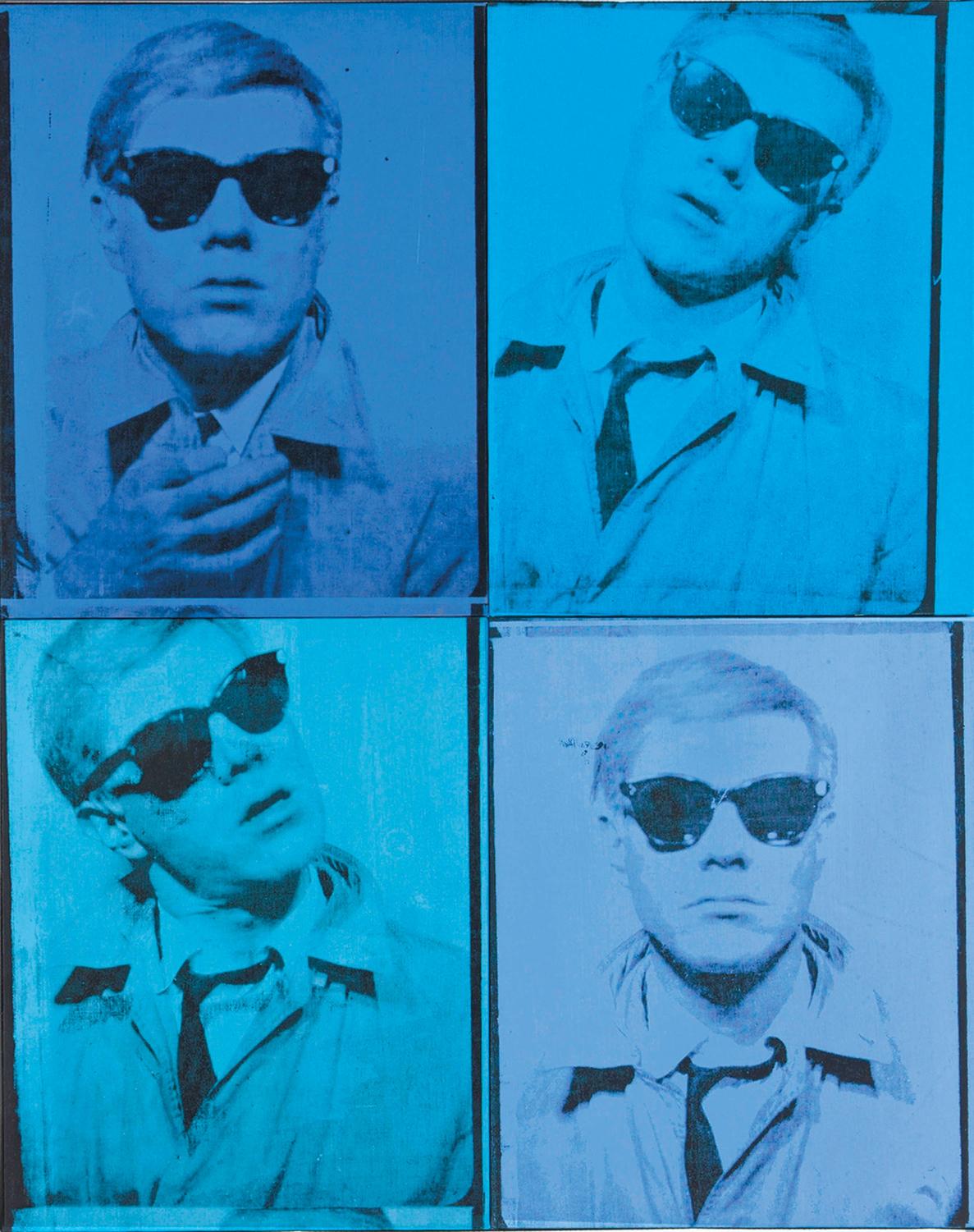World of Warhol: Art Institute hosts retrospective exhibit
November 9, 2019

In 2019, Andy Warhol is known to the public as the artist who chose to “paint” Campbell’s soup cans and bananas, whose work is now featured on Uniqlo T-shirts and someone who incorporated his sexuality into his art even before the gay rights movement. Though this view of Warhol isn’t necessarily false, the one-sided image of him excludes his other, lesser-known works and fails to capture the full extent of his self-representation in his art.
However, Warhol’s “From A to B and Back Again,” a retrospective exhibit at the Art Institute of Chicago through Jan. 26, 2020, is perhaps the most holistic exhibit since his death in 1987. Visitors can finally see how his self-image transformed during his career.
Warhol began his career in the early 1950s as a commercial illustrator. His sketches from school and from ad campaigns, most notably his golden shoe collages for I. Miller shoes, are shown early in the exhibit, demonstrating his skills before he developed them.
“From A to B and Back Again,” first shown at the Whitney Museum of American Art in New York, opens with Warhol’s distinctive cow-print wallpaper, which covers the entrance’s walls. Moving into the exhibit, the tone of the artwork featured quickly changes from a series of celebrity portraits hanging near the ceiling to Warhol’s sketches and advertisements.
According to Jay Dandy, the Art Institute’s collection manager for the department of modern and contemporary art, Warhol “was an artist who liked to subtly and kind of overtly challenge the way we view art.”
Entering the exhibit, visitors experience Warhol’s earlier days where he wasn’t yet rebelling against the norms of art in the mid- to late- 20th century. Progressing further into the exhibit, his methods begin to encourage viewers to question their self-expression, the media they consume on a daily basis.
Warhol is known for incorporating material sources into his art, which many assume stems from his work in the media early in his career. However, scholars and even the public are beginning to understand Warhol’s use of media images differently now.
“The myth of Andy Warhol is shifting now,” Mr. Dandy said.
One of Warhol’s pieces, “Before and After,” illustrates a woman’s profile before and after having surgery to reshape her nose. In the painting, Warhol did not paint his own image of women, but rather an ad of a woman he saw in the media. While he struggled with his self-image and even underwent nose surgery himself, he emphasized to his viewers that what the media presents to them is not based off of real people, but rather what people imagined and hoped to be.
Through this exhibit, Warhol’s representation of himself in his art is clear throughout his many works.
“He was someone who sort of lived his own art and he was sort of his own product,” Mr. Dandy said. “So obviously what he was releasing or what he was presenting to the world was under his control.”
Moving forward, “From A to B and Back Again” should only help exhibit visitors understand why it’s Andy Warhol’s work on their shirts, and why he was so important to the pop art movement.



























































